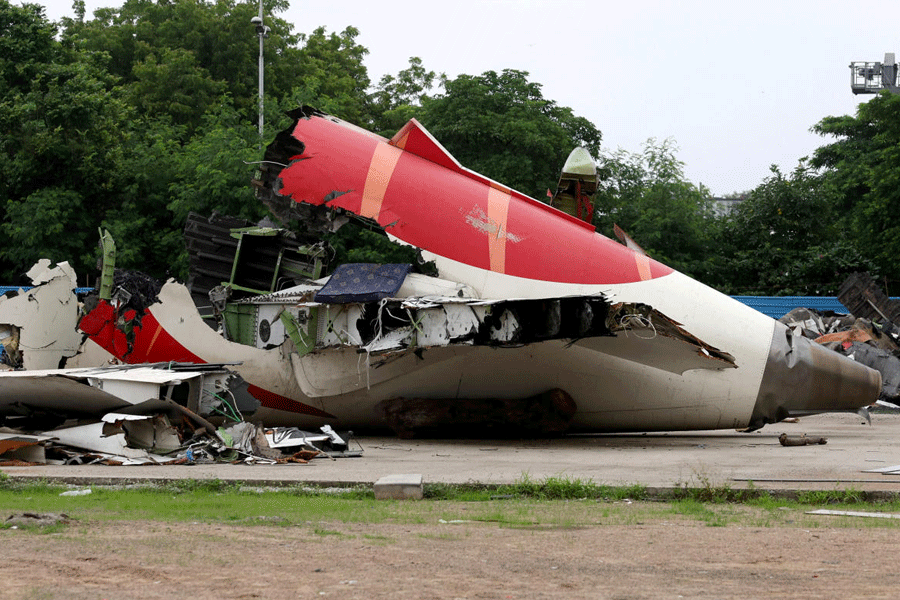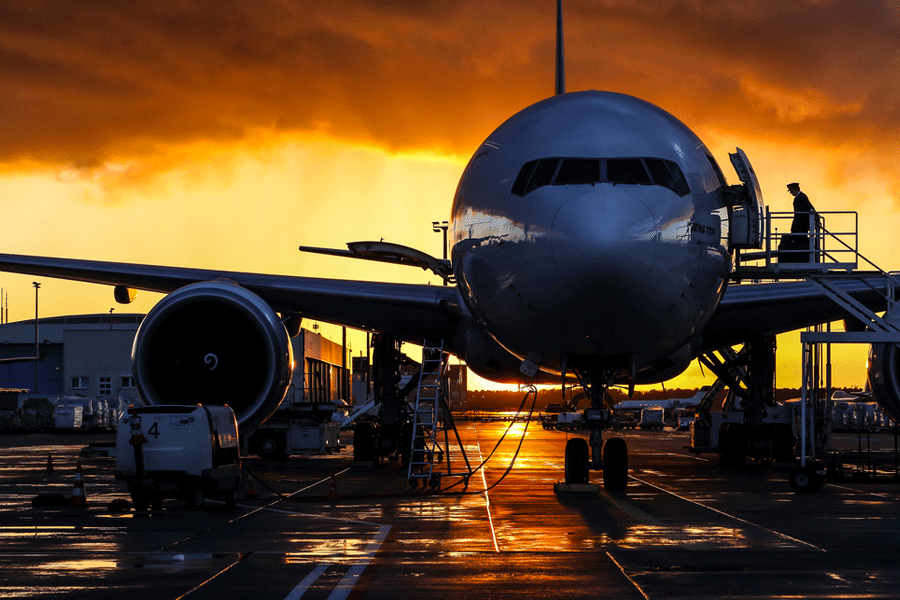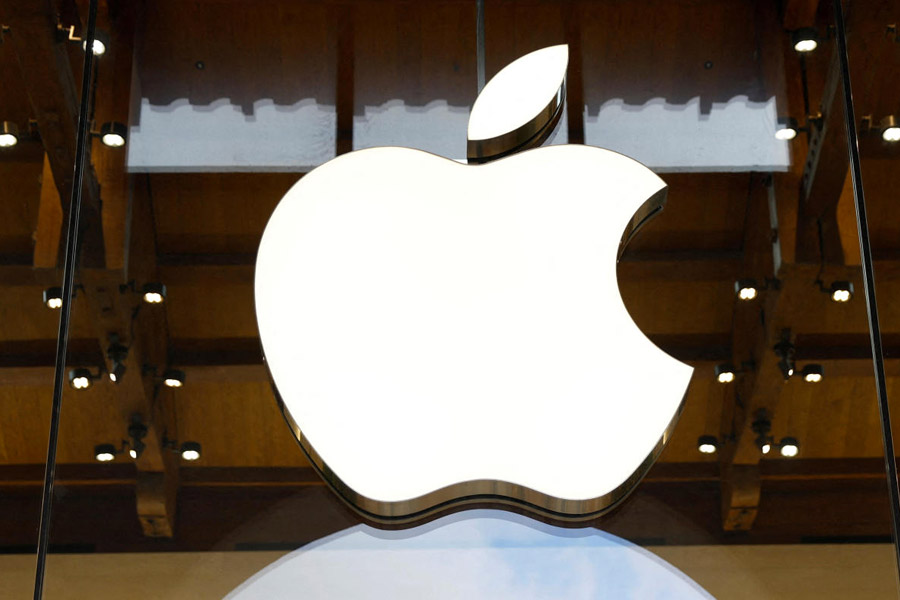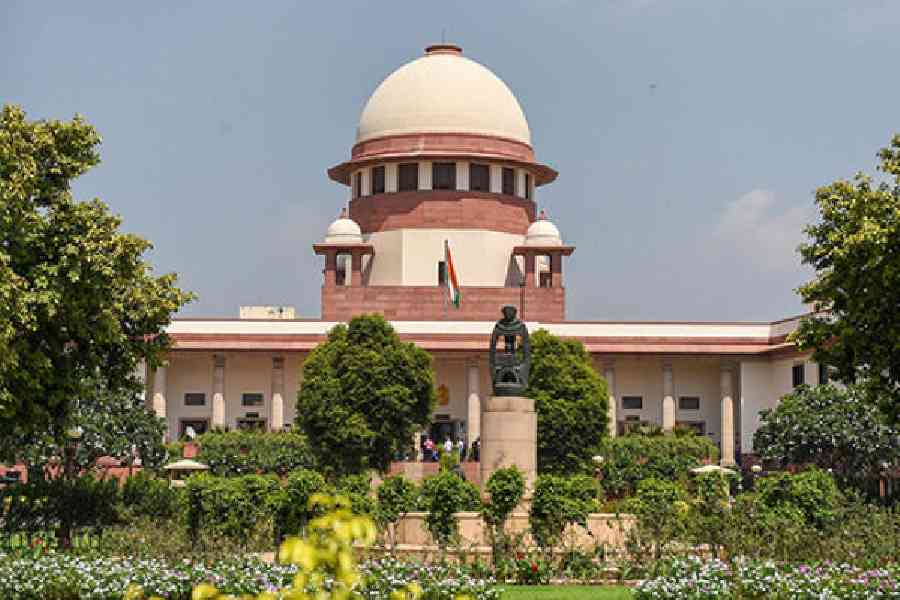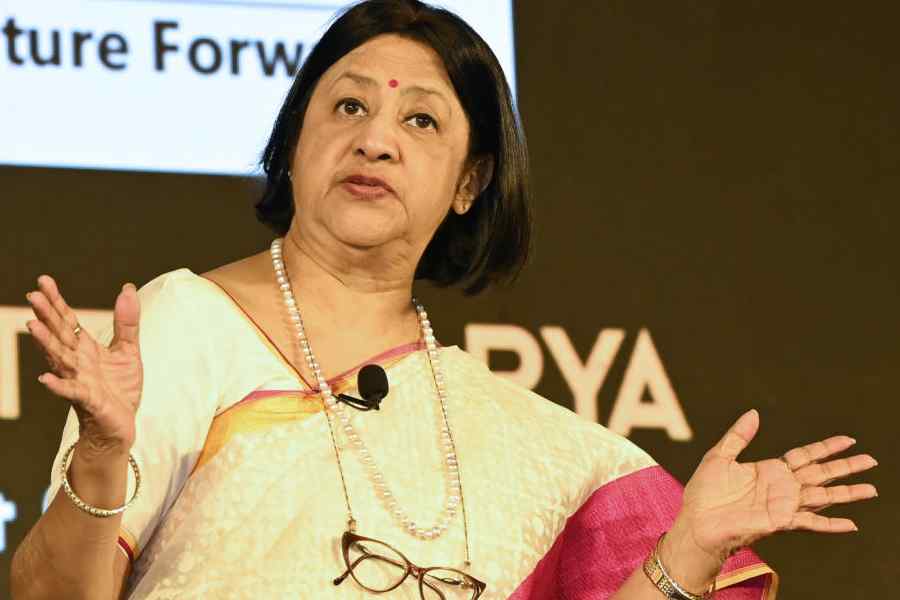The investigation into the Ahmedabad-London Air India crash has been “marked by points of tension, suspicion and poor communication” between senior Indian officials leading the probe and the US experts assisting them, according to a report in The Wall Street Journal.
The flashpoint came when two US National Transportation Safety Board (NTSB) specialists landed in New Delhi in late June. Indian authorities had arranged for them to take a late-night military flight to a “remote” facility to analyse the jet’s flight-data and cockpit-voice recorders, according to the WSJ.
Jennifer Homendy, chair of the NTSB, intervened urgently, citing security concerns flagged by the US State Department. Embassy officials were dispatched to stop the specialists at the airport, and the team remained in Delhi, per the WSJ.
The US side repeatedly pushed for immediate extraction of black-box data in either Delhi or Washington. Homendy warned she could pull American support if delays continued.
Indian officials eventually relented and agreed to download the black-box data in Delhi using specialised equipment supplied by the NTSB instead of the remote lab, it said, calling it “a high point of tension”.
The newspaper doubled down on its previous investigative report naming the pilot.
“The private view among many American government and industry officials is that the evidence so far points to” the pilot “having deliberately crashed the plane,” the newspaper claimed.
On 7 November, a Supreme Court bench of Justice Surya Kant and Justice Joymalya Bagchi issued notices to the government of India and aviation regulator DGCA on a plea from Pushkar Raj Sabharwal, the 91-year-old father of Air India pilot Capt. Sumeet Sabharwal, for an independent and court-monitored probe into the Ahmedabad tragedy that killed 260 people, including 19 on the ground, and leaving just one survivor in the plane.
“We know it is extremely unfortunate that the crash occurred, but you should not carry the burden on yourself or the blame on your son,” the bench observed orally.
“Nobody can be blamed for the crash. The pilot is not to be blamed… it was an accident.”
The friction in the investigation “has been fed by each country’s high stakes in the investigation,” according to the detailed WSJ report.
The data analysed at the Delhi lab showed that switches controlling fuel flow to both engines had been moved to cut-off shortly after takeoff, the paper claimed.
According to US officials cited in the WSJ report, the cockpit recordings suggested the first officer attempted to recover the aircraft while the captain remained calm. These findings fed American concerns that the crash may have been a deliberate act.
Indian officials remain wary of endorsing this interpretation .
The Aircraft Accident Investigation Bureau’s (AAIB’s) preliminary report did not assign blame or identify which pilot moved the switches, fuelling criticism from families and pilot bodies who said conclusions were being drawn prematurely.
The petition in the Supreme Court has sought independent oversight, arguing that probing only pilot behaviour risks overlooking potential mechanical issues.
The stakes are enormous. Boeing’s Dreamliner is one of the world’s most widely used long-haul jets, and any hint of a systemic flaw would have global implications.
US regulators have seen no evidence of technical failure and neither are Boeing or GE Aerospace working on any related fixes, the WSJ reported.
It quoted Bryan Bedford, administrator of US aviation regulator FAA, as saying in July: “We feel very comfortable that this isn’t an issue with inadvertent manipulation of fuel control.”

